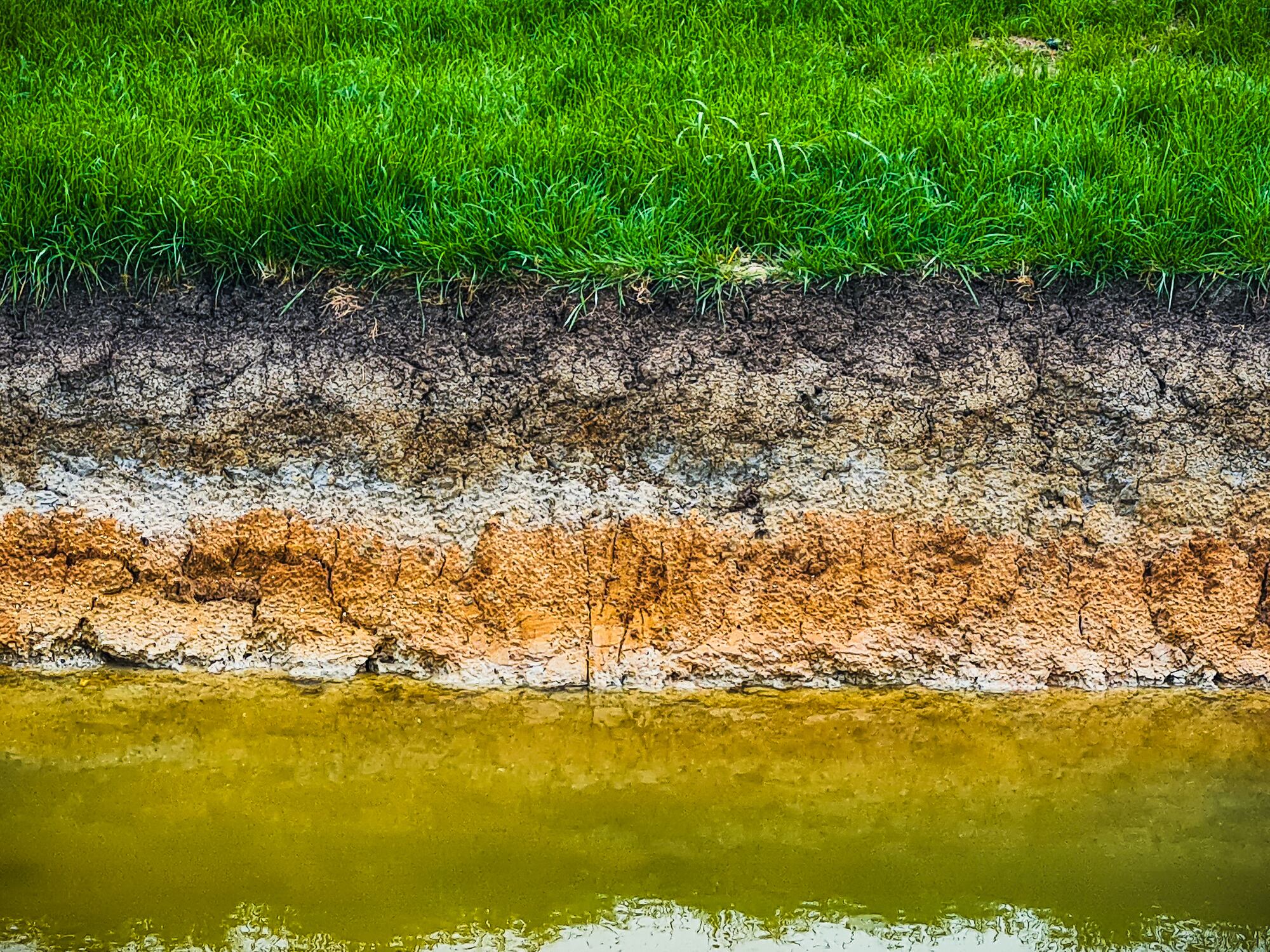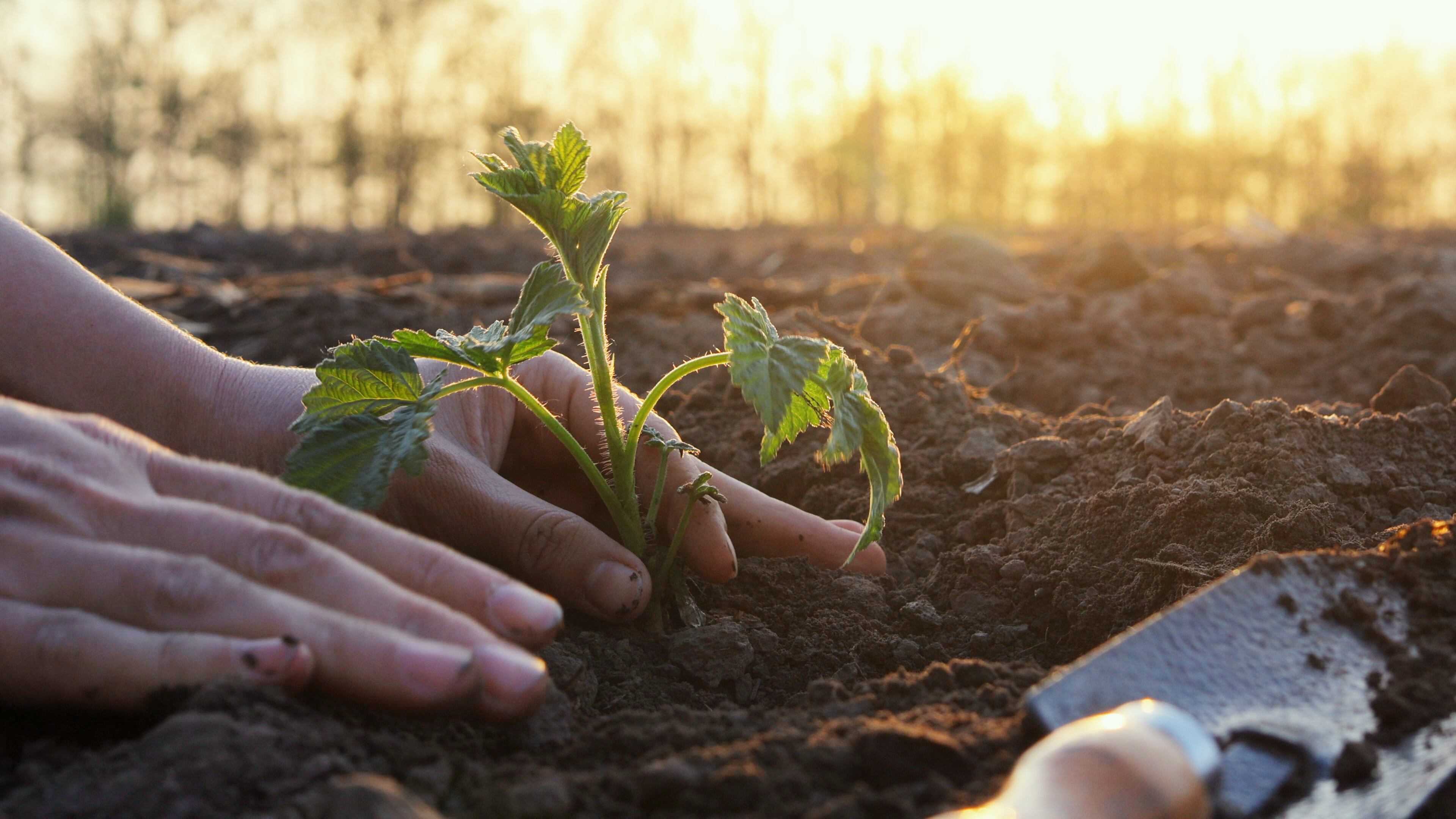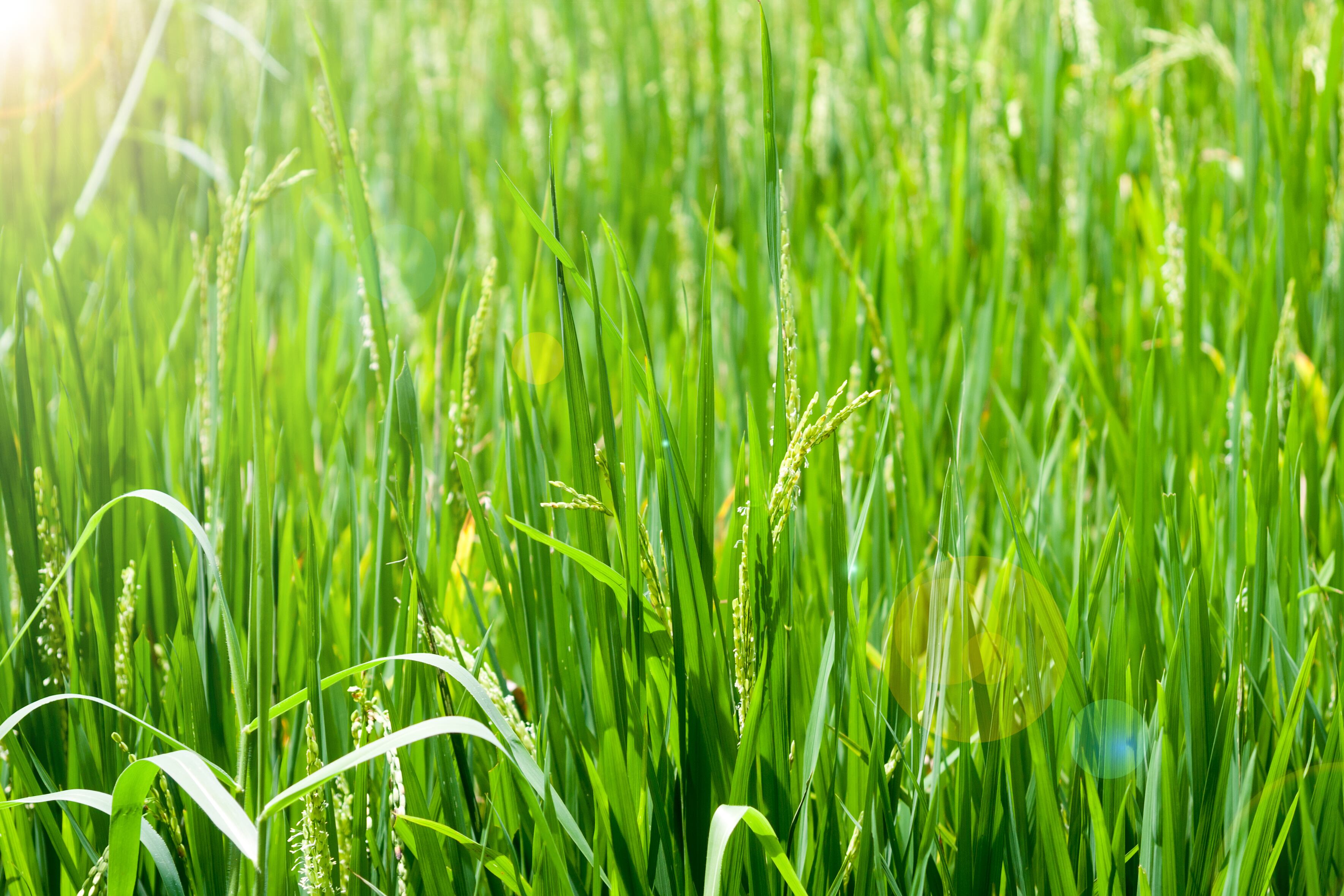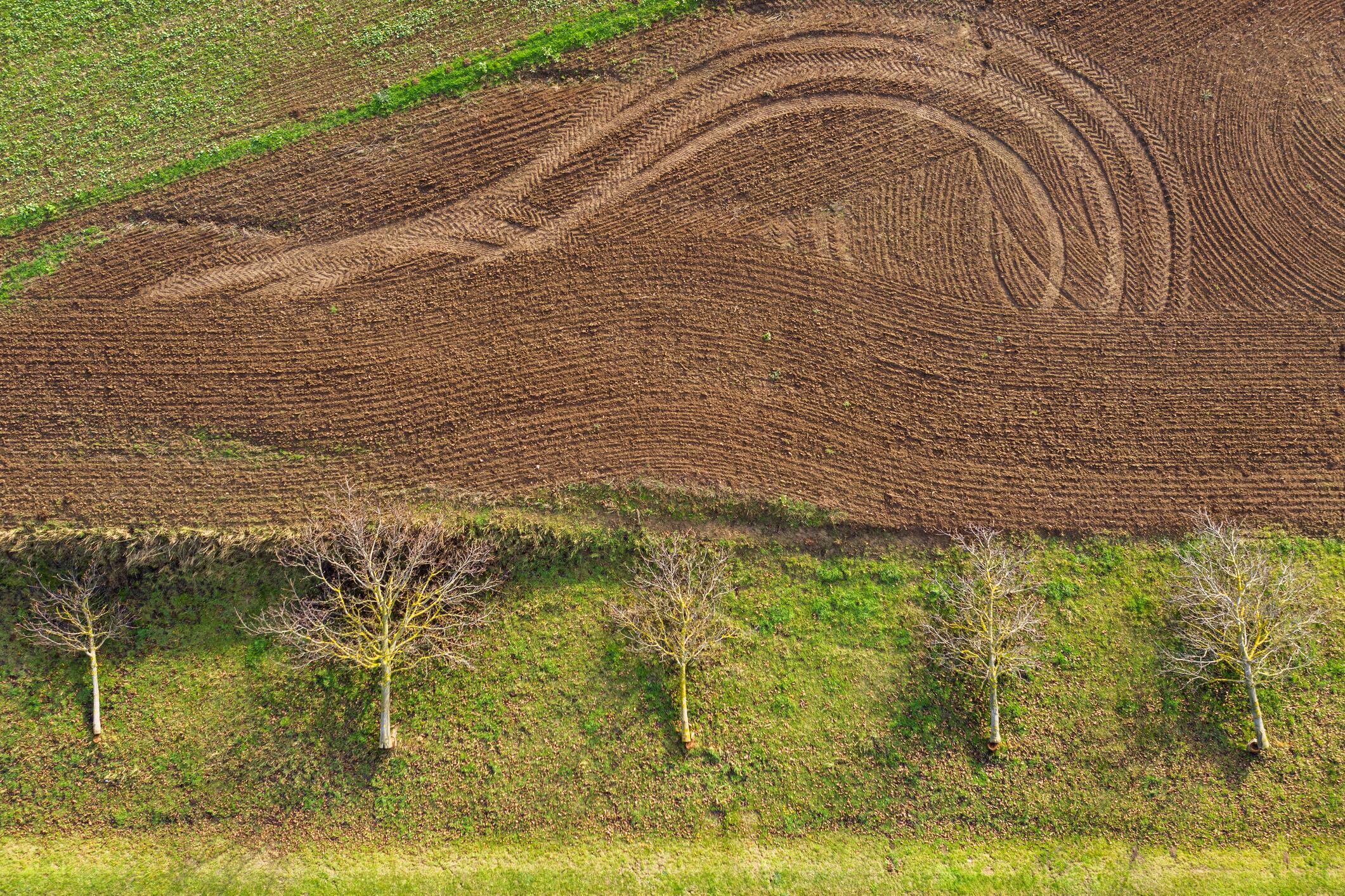Modern farming practices are eroding the very foundation of global food production, according to a major new study from Rothamsted Research published in npj Sustainable Agriculture. The review identifies elevated soil erosion – driven by over-ploughing, overgrazing, and deforestation – as the top threat to soil health, followed by salinisation from irrigation, chemical contamination, and compaction from livestock.
The findings have sparked widespread concern among scientists, policymakers, and the public, triggering calls for systemic changes in agricultural policy and practice to protect the long-term health of global food systems.
Soil resilience: A fragile buffer
Soil resilience – the ability of soils to withstand, adapt to, and recover from disturbances – is being steadily undermined. While intensive techniques like ploughing, fertiliser use, and irrigation can boost yields in the short term, their repeated use degrades soil structure and biology, leaving it vulnerable to shocks such as droughts, floods, and geopolitical disruptions.
“Soils underpin 95% of global food production and store more carbon than the world’s forests,” said Dr. Alison Carswell, lead author of the study. “Yet many of the practices we rely on to increase yields today risk undermining that foundation in the future.”
Breaking the cycle of degradation
The Rothamsted study offers a stark warning: without intervention, farming systems may reach tipping points where productivity collapses irreversibly. But it also points to opportunities for the agtech sector to intervene.
Technologies could help break the cycle of degradation and restore resilience. These include:
- Precision tillage
- AI-driven soil monitoring
- Biological inputs
- Remote sensing for erosion mapping
- Decision-support tools for sustainable land management
Some practices – like liming acidic soils or flooding rice paddies – can maintain resilience if used judiciously. Others, such as conservation tillage and integrated pest management, offer promising alternatives but require trade-offs between short-term gains and long-term sustainability.
A wake-up call for policy and innovation?
The study arrives amid growing concern that the world is losing healthy soil faster than it can be replenished. With the UN estimating that one-third of soils are already degraded, and food demand rising sharply in regions like sub-Saharan Africa and Southeast Asia, the risks are intensifying.
“Breaking the cycle of soil degradation is possible,” Dr. Carswell concluded, “but it requires rethinking how we manage land – not just for yields next season, but for resilience in the decades to come.”
More information: Alison M. Carswell et al, Agricultural practices can threaten soil resilience through changing feedback loops, npj Sustainable Agriculture (2025). DOI: 10.1038/s44264-025-00098-6





